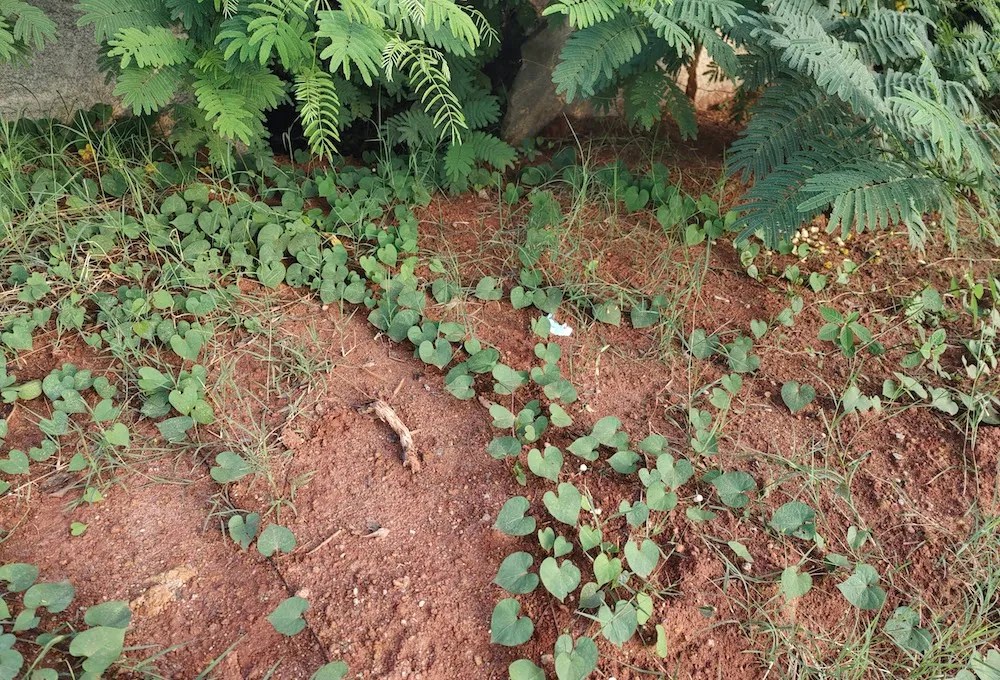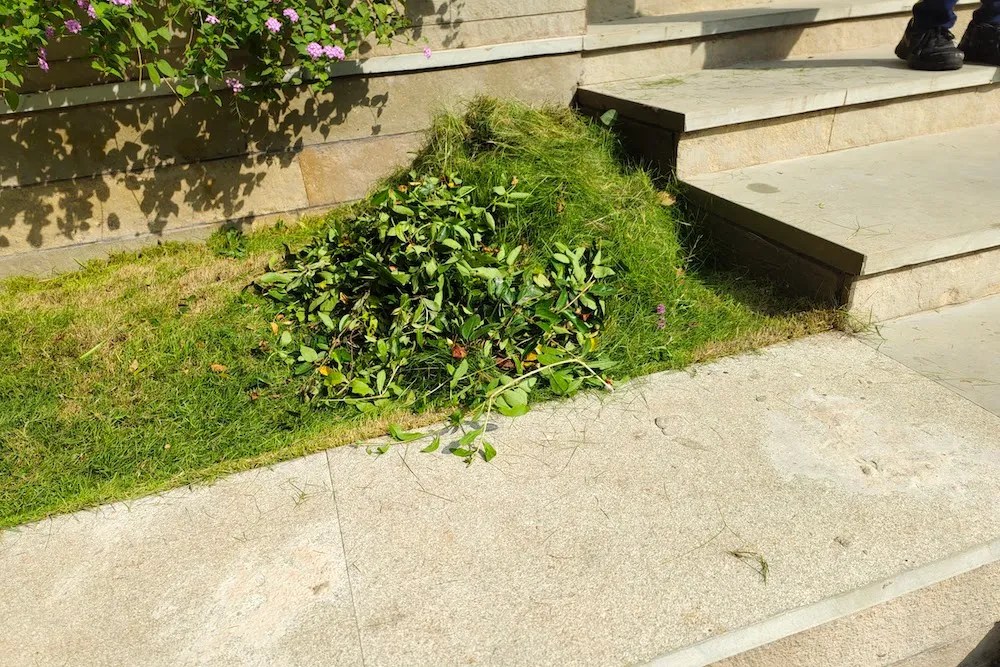Related
With winter around the corner , you ’re likely contrive to stash away your garden tools , kick back , and rest indoors until the temperature warm up . While there ’s nothing awry with detain inside , remember yoursoil also needs protection in winter .
Since wintertime is the most humid sentence of the year , some soils can stick out erosion and compaction , significantly affecting their wellness , body structure , and fertility . Healthy grime leads to healthy flora , so spend some clip in wintertime protecting andrejuvenating your soilto stay on top of your horticulture secret plan . Below you ’ll learn how to restore your exhausted soil , depending on its type , and protect it from winter ’s cold and eminent humidity tier .
7 Easy Ways To Protect Soil This Winter
Studies show that wintertime temperatures minify the soil ’s microbial activity , deplete nutrients , and step up salinity . That ’s why you need to protect your soil during winter to forbid it from becoming inhospitable for your plants . Here ’s what you could do to protect your dirt :
1. Plant Cover Crops
Image credit : Lakeisha Ethans for Backyard Boss
you may originate manywinter cover cropsto protect your territory andprepare your gardenfor the colder calendar month . Cover crops will help :
The type of covert crop you take to grow will calculate on your soil type . For example , if your ground is heavy and easy to pack together , works cover crops with deep ancestor , such as wintertime Gunter Grass , ryegrass , and sweet trefoil , so that they can break up the dirt and ameliorate its structure .

If you trade with nutrient - deficient grease , prove planting clover , vetch , winter field pea , orcommon beans . All of them will add a good amount ofnitrogen to the land .
If you want to defend weeds , flora Lacy scorpionweed ( Phacelia Tanacetifolia ) , which has become a hopeful agricultural crop due to its fast growth . Lacy phacelia normalize the stain , suppresses weeds , repels leafminers and fruit flies , andattracts beneficial insectsto your garden . If you do n’t have entree to Lacy phacelia , flora buckwheat to help bottle up sens and enrich the soil .
2. Let the Winter Weeds Grow
astonishingly some winter sess , such as thistle and loading dock , can benefit your soil . They have long taproots that help prevent soil erosion and improve aeration and drainage . Winter weeds are beneficial to soil that are prone to concretion .
Unfortunately , weed can quickly produce out of control , so if you do n’t keep an eye out , you ’ll pass a lot of time pulling them out when temperatures warm up up . One of the mostcommon mistakesgardeners make is by chance leaving a piece of weed root behind .
A bantam piece is all that ’s need for the weed to grow back tight ! Use the right tools for the caper and secure you draw the entire base out to stave off a weed explosion in your garden . Use a coon to relax the grease around yourovergrown weedbefore root for them out .

Do n’t add grass like thistle , risky onion , and nightshade to yourcompost pile . It is because they can quickly grow back in your garden . Instead , add together good Mary Jane like buckwheat or billy goat weed to your compost piling and habit vetch as green manure by tilling it into the ground before they blossom and when its stem are flaccid .
3. Get Rid of Old Debris
Afterharvesting your fall veg , clean up all the garden dust by either till them into your ground , adding them to your compost pile , or cast aside them . While some garden debris can break down and add food to your land , dead edible plants can attract pests , rodent , and othersmall mammalsto your garden .
4. Plant Cold-Weather Crops
Image credits : ha11ok via Pixabay
asunder from top crops , another way to protect your soil in wintertime is by plant coolheaded - atmospheric condition crops . They help fight territory erosion and compaction , improve drainage , and add to the land ’s organic content .
Lastly , cool conditions crops imply you ’ll have delicious veggies to use up during the frigid months ! Some of the most popular cool - atmospheric condition crops let in :

beet
turnip
Broccoli

Cauliflower
Solanum tuberosum
Arugula

covering material used for beds in agriculture. background picture. technology of growing fruits and vegetables.
Spinach
Kale
radish

Brussel Sprouts
collard
Onions

Rutabaga
Kohlrabi
pea

Carrots
5. Test Your Soil and use Amendments Accordingly
figure credits : Shawn Hempel via Shutterstock
you’re able to even addamendments to your soilto improve its health and fertility in the winter , but before you bestow them , you musttest your soilto translate what nutrients it ’s miss that you’re able to replenish . you may usehousehold items for DIY test , invest in agood garden stain quizzer , habituate asoil test kit , or get professional service .
If you practice professional help , it can take one to two calendar week to receive your stain mental test results . Once you have your results , you ’ll bed exactly what amendment your grease need for improved health , body structure , and fecundity . Here are some organic and inorganic soil amendment you may use for your soil after testing it :

Organic Soil Amendments
Sphagnum peat
better H2O retention and fightssoil compaction . Lowers ground pH , making it more acidulous . Unfortunately , it can not be used to provide a lot of nutrient .

covering material used for beds in agriculture. background picture. technology of growing fruits and vegetables.
Organic Mulch
While mulch adds constitutive issue to the soil , you could also use it as a fertiliser .
Ramial Chipped Wood

Improves territory structure and supply plenty of nutrient .
Compost
Also known asblack gold , it provide the stain with nutrients and beneficial microorganisms , balance the pH , and improves the soil construction .
Inorganic Soil Amendments
Vermiculite
Improves aeration and inadequate drain .
Perlite
It work in effect alongside compost and improve aeration and water drainage .
uncouth Sand
Improves aeration and pee drain .
birdlime
It makes the soilless acidicin a unretentive amount of metre . Its outcome involve situation as soon as you irrigate it in .
6. Cover Your Garden Beds
epitome quotation : Andrey Klyukshin via Shutterstock
It is all important tocover your garden beds during the winterto keep them from excessive moisture from humidness , crush , corroding , and food , and mineral dishwashing .
If nothing is maturate on the bed , spread compost and lay lowering old blankets , carpet , black tarp , or layer of cardboard to prevent wintertime harm to your soil . If you have something growing , you’re able to learn tomake your garden hoopsto protect your plant and soil from cold winter .
In the spring , take out the cover and lead your garden bed expose for a few days . Before set your crop , essay your ground to amend it accordingly .
7. Mulch
If it ’s too late to engraft coolheaded - weather crops , and you do n’t want winter weeds to take over your garden temporarily , adding wintertime mulchis another way to protect your dirt in winter .
Mulch recycle nutrient and helpful bug into the territory and keeps it warm . you could usefallen leaves , Ellen Price Wood chips , stalk , and bark asnatural mulch for your garden .
Fruit for Thought
While it seems like the soil can do just fine during the winter , this could n’t be further from the truth . After a long growing season , your exhausted soil want surplus nutrients , amendment , and aegis during winter .
Hopefully , this article has throw you some thought on how to protect and avail your soil throughout this wintertime . entrust your experiences , thought , and head in the input part , and as always , please partake in !
Happy Gardening !